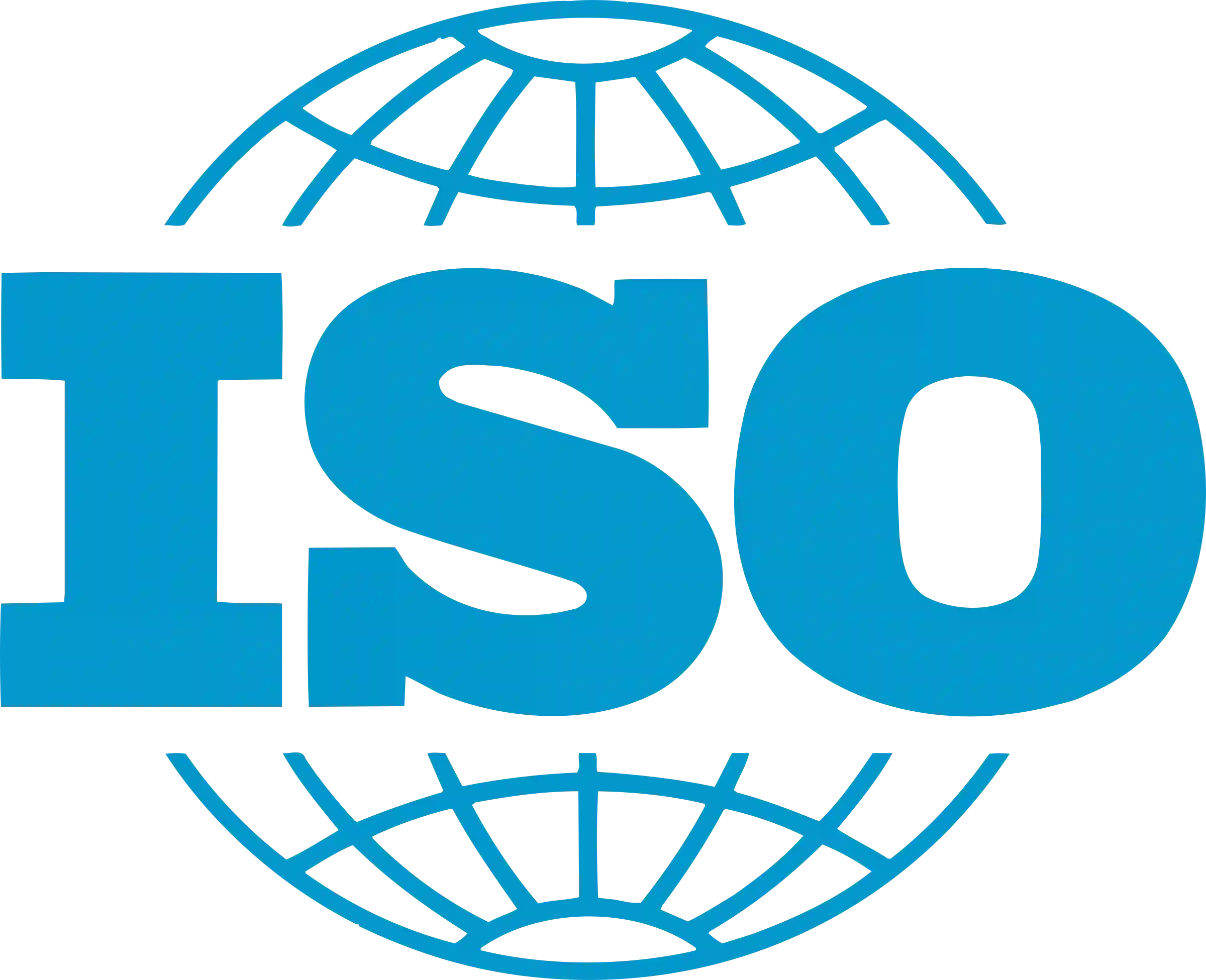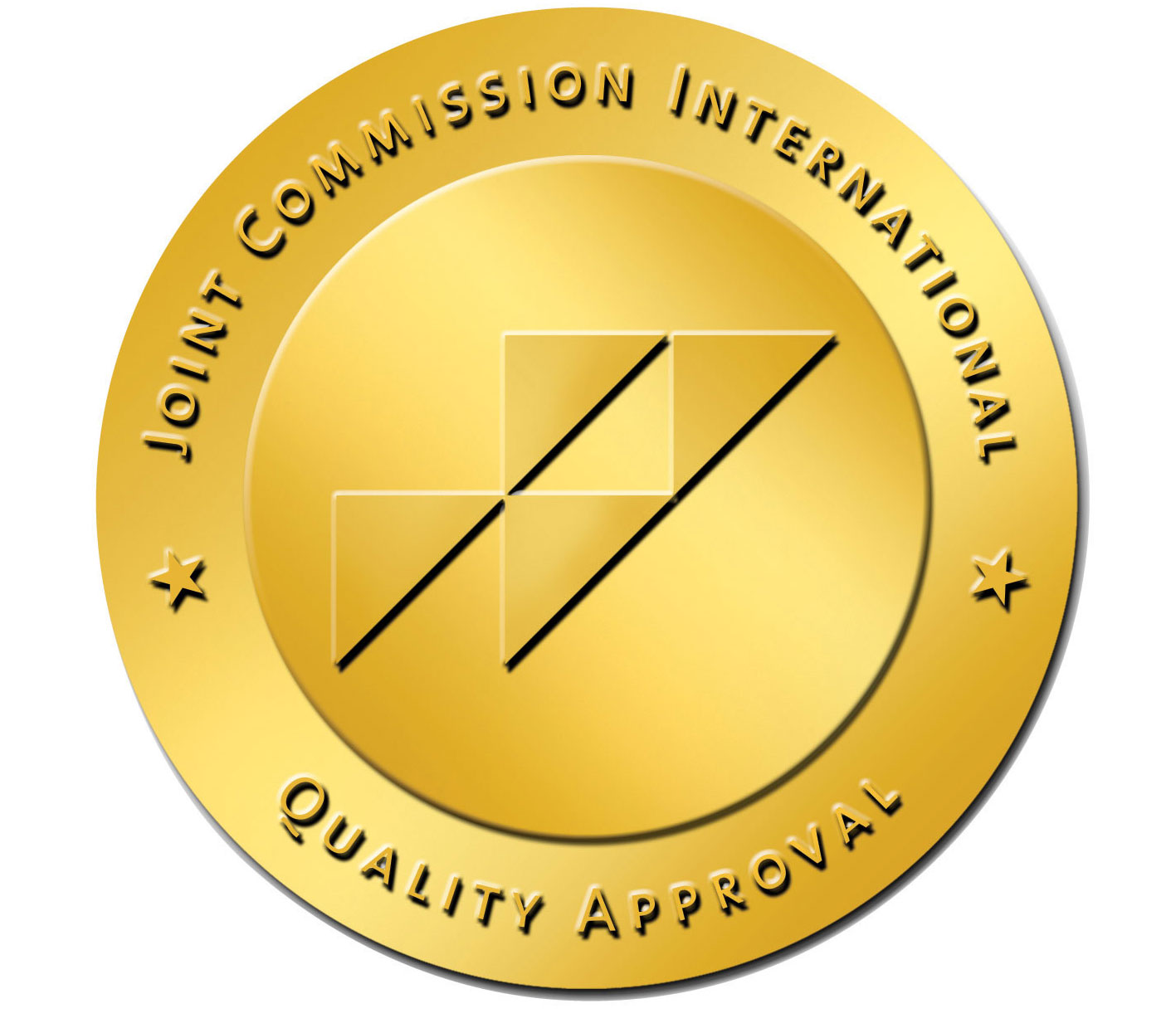
Most Common Cardiology Surgeries: Procedures & Recovery
29 Mar, 2023
 Healthtrip
HealthtripCardiology surgeries are a type of surgical procedure that deals with the heart and blood vessels. These surgeries are typically used to treat conditions that affect the heart, such as coronary artery disease, heart valve problems, and congenital heart defects. In this blog, we will discuss some of the most common cardiology surgeries, the procedures involved, and what to expect during the recovery process.
Transform Your Beauty, Boost Your Confidence
Find the right cosmetic procedure for your needs.

We specialize in a wide range of cosmetic procedures

Coronary artery bypass grafting (CABG) is a surgical procedure that is used to treat coronary artery disease, which occurs when the blood vessels that supply the heart with oxygen-rich blood become narrowed or blocked. During the procedure, the surgeon creates a graft using a vein or artery from another part of the body, such as the leg or chest, to bypass the blocked artery and restore blood flow to the heart.
Recovery: The recovery time after CABG can vary depending on the patient's overall health, age, and the extent of the surgery. Most patients spend a few days in the hospital after the procedure and can expect to return to normal activities within six to twelve weeks.
Heart valve surgery is used to repair or replace damaged heart valves. There are two types of heart valve surgery: open-heart surgery and minimally invasive surgery. Open-heart surgery involves making a large incision in the chest, while minimally invasive surgery involves making smaller incisions and using specialized instruments to perform the procedure.
Recovery: The recovery time after heart valve surgery can vary depending on the type of surgery and the patient's overall health. Most patients spend a few days in the hospital after the procedure and can expect to return to normal activities within four to six weeks.
3. Pacemaker Implantation
Most popular procedures in
Laparoscopic Cystect
Upto 80% off
90% Rated
Satisfactory
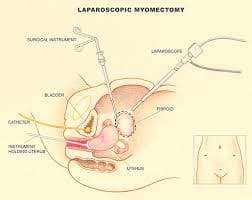
Laparoscopic Myomect
Upto 80% off
90% Rated
Satisfactory
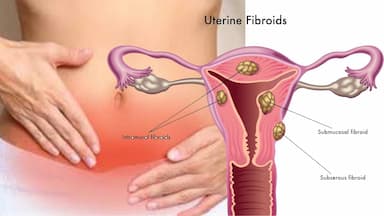
LAVH
Upto 80% off
90% Rated
Satisfactory
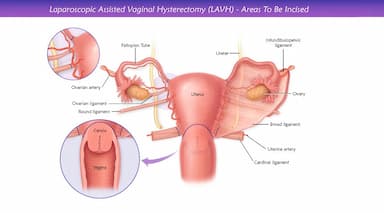
NOTE
Upto 80% off
90% Rated
Satisfactory
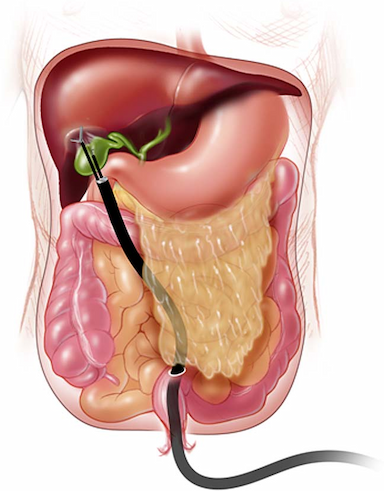
CABG
Upto 80% off
90% Rated
Satisfactory
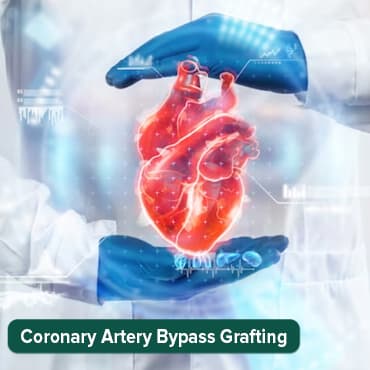
A pacemaker is a small device that is implanted under the skin of the chest to regulate the heartbeat. Pacemaker implantation is typically done as an outpatient procedure under local anesthesia.
Recovery: The recovery time after pacemaker implantation is usually minimal, and most patients can resume normal activities within a few days. The patient may be instructed to avoid heavy lifting or strenuous activities for a few weeks after the procedure.
4. Angioplasty and Stent Placement
Angioplasty and stent placement are minimally invasive procedures used to treat blockages in the arteries of the heart. During the procedure, a small balloon is inflated inside the blocked artery to open it up, and a stent is placed to keep the artery open.
Recovery: The recovery time after angioplasty and stent placement is usually minimal, and most patients can resume normal activities within a few days. The patient may be instructed to avoid heavy lifting or strenuous activities for a few weeks after the procedure.
5. Atrial Fibrillation Surgery
Atrial fibrillation (AF) is a type of irregular heartbeat that can increase the risk of stroke and heart failure. Atrial fibrillation surgery is used to restore normal heart rhythm. There are several types of AF surgery, including maze surgery, which involves creating scar tissue in the heart to block abnormal electrical signals, and pulmonary vein isolation, which involves using radiofrequency energy to destroy the tissue that triggers AF.
Recovery: The recovery time after atrial fibrillation surgery can vary depending on the type of surgery and the patient's overall health. Most patients spend a few days in the hospital after the procedure and can expect to return to normal activities within six to twelve weeks.
How can we help with the treatment?
If you're on the lookout for treatment in India, Thailand, Singapore, Malaysia, UAE, and Turkey, let Healthtrip be your compass. We will serve as your guide throughout your medical treatment. We'll be by your side, in person, even before your medical journey commences. The following will be provided to you:
- Connect with renowned doctors from a network spanning 35+ countries and access the world's largest health travel platform.
- Collaboration with 335+ top hospitals , including Fortis and Medanta.
- Comprehensive treatments from Neuro to Cardiac to Transplants, Aesthetics, and Wellness.
- Post-treatment care and assistance.
- Teleconsultations at $1/minute with leading surgeons.
- Trusted by 44,000+ patients for appointments, travel, visa, and forex assistance.
- Access top treatments and packages, such as Angiograms and many more.
- Gain insights from genuine patient experiences and testimonials.
- Stay updated with our medical blog.
- 24/7 unwavering support, from hospital formalities to travel arrangements or emergencies.
- Pre-scheduled specialist appointments.
- Prompt emergency assistance, ensuring safety.
Our success stories
In conclusion, cardiology surgeries can vary widely in terms of the procedures involved and the recovery time required. It is important for patients to discuss the benefits, risks, and expected outcomes of any surgery with their healthcare provider to make an informed decision about their treatment options.
Wellness Treatment
Give yourself the time to relax
Lowest Prices Guaranteed!

Lowest Prices Guaranteed!
